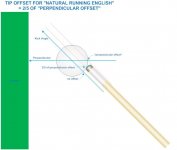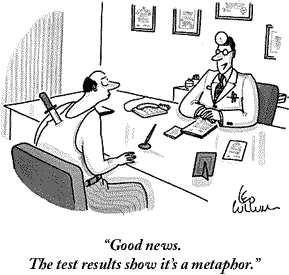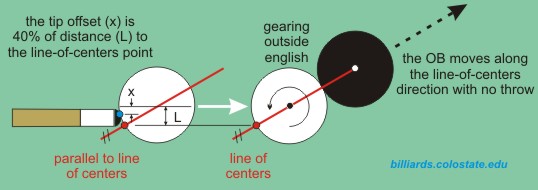Quote:
Originally Posted by dr_dave
I'm not sure I agree with your first paragraph, because it is not clear to me what you mean. Inside english does create squirt (cue ball deflection) just like any sidespin shot. However, inside english does increase the amount of object-ball throw with small cut-angle shots and decrease the amount of throw with larger cut-angle shots. With inside english, the squirt and throw effects are in opposite directions, and they can cancel on some shots; however, the amount of swerve varies with shot distance, speed, cue elevation, amount of english, and conditions. Also, the amount of throw varies with shot speed, cut angle, amount of top/bottom spin, the amount of sidespin, and conditions. Therefore, things are not so simple.
Dave
Quote:
Originally Posted by dr_dave
...if the CB has a gearing amount of outside english, there is absolutely no throw. In this case, the proper advice is to hit the OB and cushion at the exact same time.
Also, if the CB has some more outside spin, then the proper advice is to hit the OB slightly first.
Dr. Dave,
You posted the above in red, one says gearing inside english no throw, and the other one says inside english will throw!


